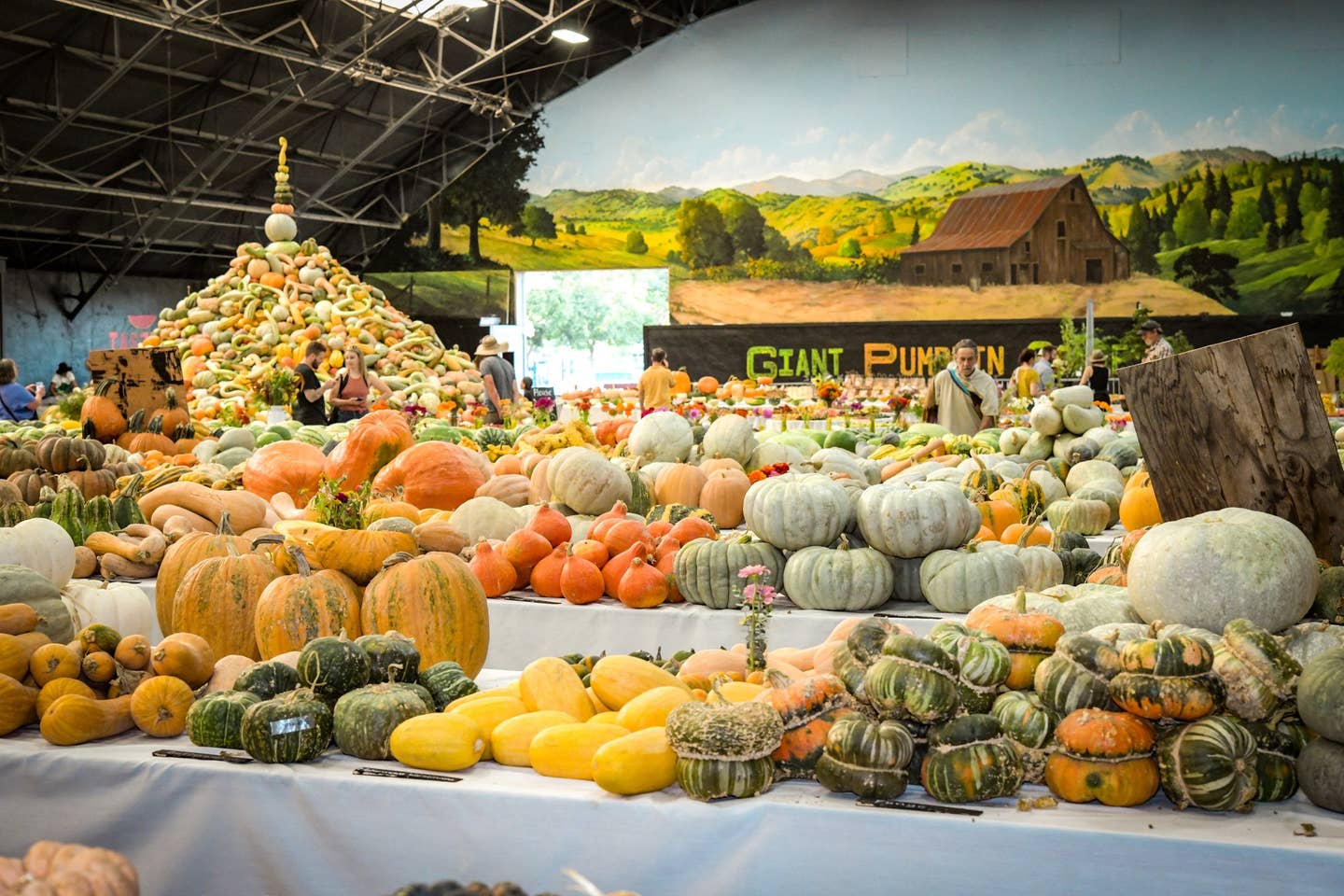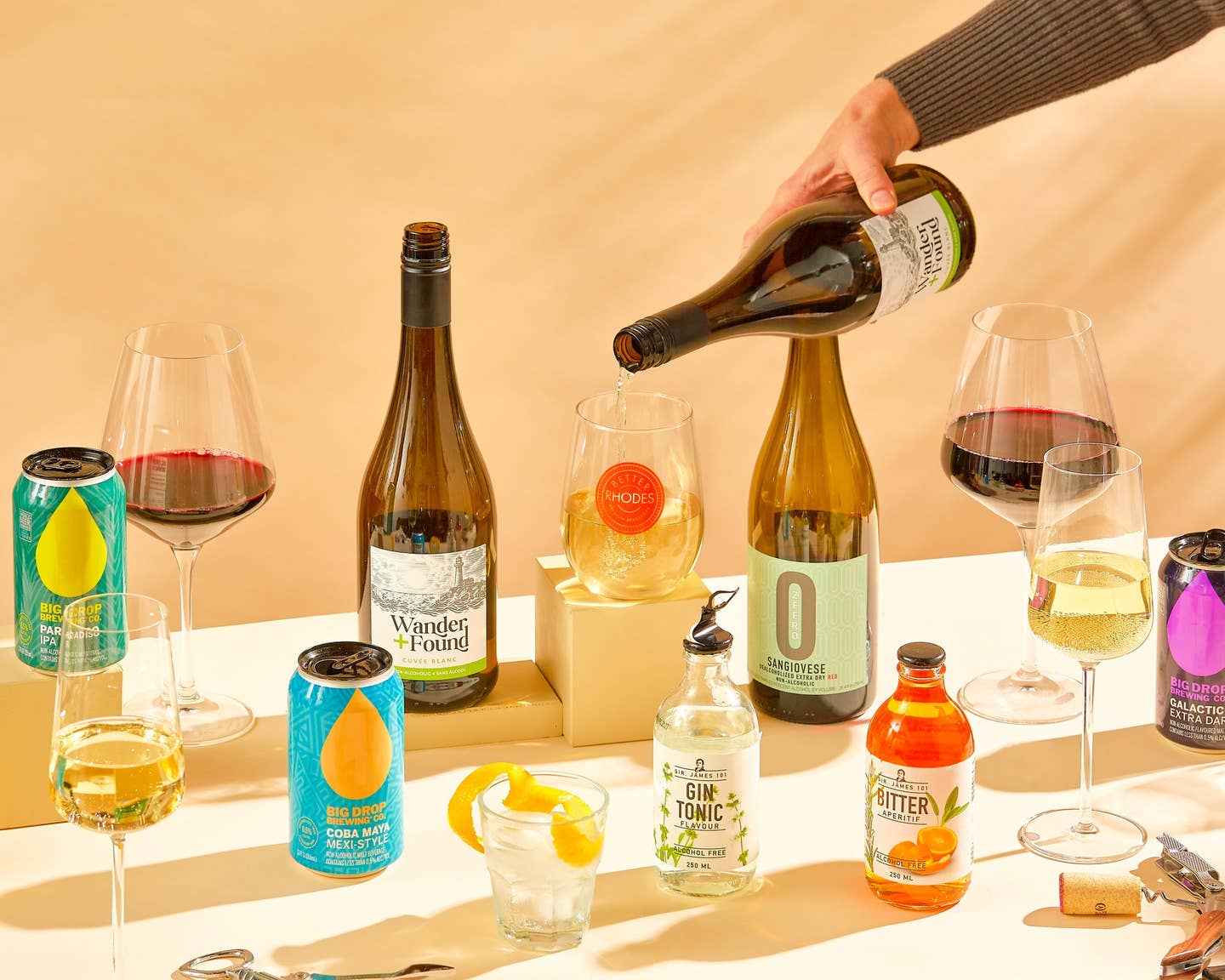A New GF Flour for Your Toolkit: Japanese Rice Flour with Japanese Rice Grown in Japan
People really care about their rice in Japan. Go to a grocery store, and you’ll see aisles and aisles of different kinds of spectacular rice. Families have strong allegiances to their favorite brands, and rituals in cooking rice from soaking to washing to steaming. In so many ways it’s emblematic of the Japanese food artisans we’ve to come to admire with their national pride and insistence on the very best. That’s why it’s especially exciting that rice flour made with Japanese short grain rice grown in Japan is now locally available. This is not your garden variety rice flour, and it’s making its entrance just at the right time.
People really care about their rice in Japan. Go to a grocery store, and you’ll see aisles and aisles of different kinds of spectacular rice. Families have strong allegiances to their favorite brands, and rituals in cooking rice from soaking to washing to steaming. In so many ways it’s emblematic of the Japanese food artisans we’ve to come to admire with their national pride and insistence on the very best.
That’s why it’s especially exciting that rice flour made with Japanese short grain rice grown in Japan is now locally available. This is not your garden variety rice flour, and it’s making its entrance just at the right time.
First of all let’s talk gluten-free.
We’ve all gotten more GF curious. And the search for the best gluten-free bread and baked goods is fully on with GF bakeries popping up all over the world, even in Paris, the Queen of the Croissant. And some of these baked goods are getting very good.
All this is because, in the United States and Europe, people have been experiencing a growing sensitivity to wheat, barley and rye, even among those who have not been diagnosed with Celiac’s disease.
But what does GF even mean?
The FDA approaches the whole issue of “gluten-free” from the perspective of what a product doesn’t have. That means you can label a product “gluten-free” so long as it doesn’t have more than 20 parts per million of gluten, isn’t made from wheat, rye, barley or their crossbreeds, and isn’t made from grains that have already had the gluten removed.
This certification process is how you get the somewhat strange but now common GF labels on items like sparkling water and ice cream.
Japanese rice flour made from rice grown in Japan however, can not only be gluten-free, but some are non-gluten, a whole other category that has less than 1 gluten part per million, and is subject to a vastly more stringent set of regulations.
And that’s not all. Mitake Foods rice flour is wet-milled, which means that not only does it have the mildness and complexity of premium rice, but the wet-milling preserves more of the original rice starch, exciting news for bakers. Now angel food cakes can be lighter and more angelic. Fritters can be crispier. Poundcake can have that dense, close crumb. In short, instead of defining this flour by what it lacks, let’s talk about what it adds.
Gluten is not an ingredient, but a chemical process that forms when you add liquid to regular flour, and any additional movement—kneading, folding, mixing—continues to develop gluten protein bonds.
For country breads, where you want lots of rise and a chewy texture, gluten makes everything better. Cakes though, or pancakes or fritters, are a different story. When you want to avoid gluten development, Japanese rice flour made with Japanese-grown rice could be your perfect choice.
JFOODO, a division of the Japan External trade Organization, has been working with The Culinary Institute of America and such chefs as Yoshimi Landemaine of Maison Landemaine in Paris, to develop recipes for this superlative flour. We were also struck by Chef Waldo Yan’s Matcha Angel Food Cake, an airy green confection that’s both fluffy and chewy. And besides, we love a green cake. We asked Waldo why he made the choices he did in baking this unusual dessert.
“Wheat has a really solid taste and texture due to the power of gluten,” he said. “With this flour, I wanted to make the most of its light and delicate taste as well as its texture. Angel food cake is made only with egg whites instead of egg yolks and oil, so it’s great for ingredients that tend to absorb moisture like this rice flour from Japanese rice… When you eat my Matcha Angel Food Cake, its darker surface has a toasted marshmallow texture and taste as well as a light crispiness. The matcha also gives it a wonderful earthy and grassy flavor that I paired with sake and a mango yogurt sauce.”
Chef Waldo said he wanted home bakers, not just professional chefs, to make this cake at home, so he kept it simple with less than ten ingredients.
“It’s perfect to make and bring to a party at a friend’s house,” he says, and we have to agree. This Matcha Angel Food Cake is a delicate showstopper. Also pictured below is The Culinary Institute of America’s addictively crispy, cinnamon-sugar-rolled Apple Fritters as well. Both of these recipes are on our website. Why not try them both?
As for the rice flour made with Japanese rice grown in Japan, you can find it here at The Rice Factory NY or our local NIJIYA market in-stores and online.





